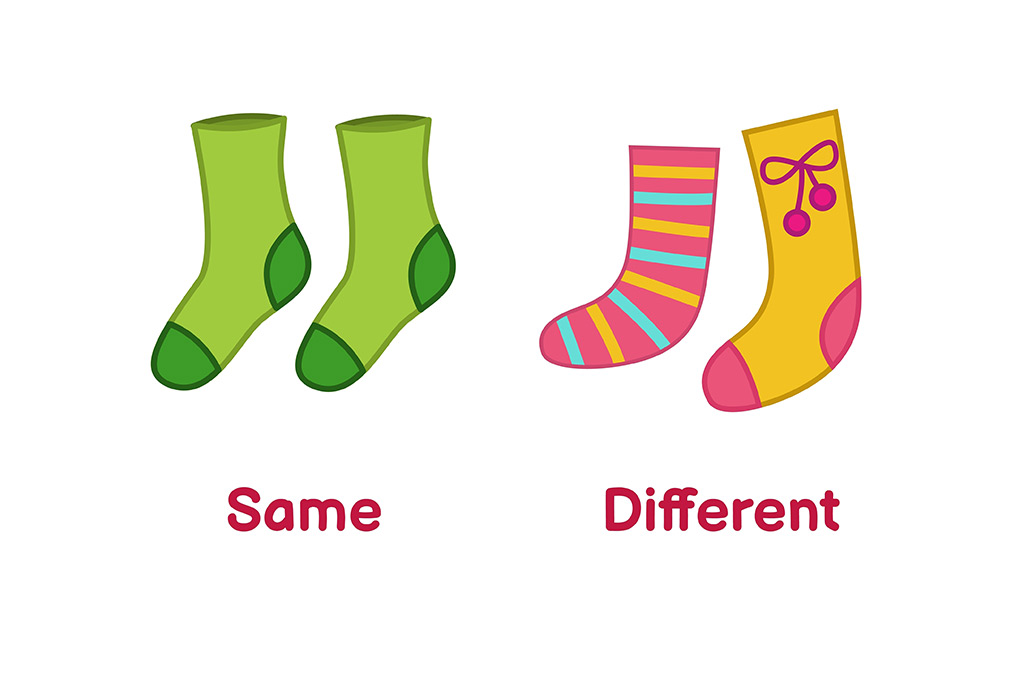Ever ponder the intricacies involved in solving a crime? It’s more than just sharp detective work; it often involves a diverse array of scientific disciplines working in concert. Forensic science, a multifaceted field, encompasses a plethora of specialized branches, each playing a crucial role in unraveling mysteries. Let’s delve into the fascinating world of forensics and explore its diverse applications.
1. Forensic Pathology: Unraveling the Mysteries of Death
Forensic pathology, perhaps one of the most recognizable branches, deals with determining the cause and manner of death. A forensic pathologist, a medical doctor specializing in this area, conducts autopsies, examines medical records, and analyzes trace evidence to ascertain how and why someone died. They meticulously scrutinize injuries, identify diseases, and assess any contributing factors. Distinguishing between natural causes, accidents, homicides, and suicides is paramount in their investigations. Furthermore, understanding the intricacies of post-mortem changes, such as algor mortis (body cooling) and rigor mortis (muscle stiffening), is crucial for estimating the time of death, a critical piece of information in many investigations.
2. Forensic Toxicology: Detecting the Invisible Threat
What if a seemingly natural death was actually caused by an insidious poison? That’s where forensic toxicology comes in. This branch focuses on the detection and identification of drugs, alcohol, poisons, and other toxins in biological samples, such as blood, urine, and tissue. Toxicologists employ sophisticated analytical techniques, like gas chromatography-mass spectrometry (GC-MS) and high-performance liquid chromatography (HPLC), to pinpoint even trace amounts of potentially lethal substances. They not only identify the substances present but also determine their concentration and assess their potential effects on the individual. This information is vital in cases of suspected poisoning, drug overdose, or driving under the influence.
3. Forensic Anthropology: Giving Voice to the Bones
When skeletal remains are discovered, forensic anthropologists step in to reconstruct the story of a life cut short. They analyze bones to determine age, sex, stature, and ancestry. They can also identify skeletal trauma, such as fractures or gunshot wounds, and assess the time elapsed since death. By meticulously examining the skeletal structure, forensic anthropologists can often provide crucial clues about the individual’s identity and the circumstances surrounding their death. This expertise is particularly valuable in cases involving mass disasters, unidentified remains, and historical investigations.
4. Forensic Entomology: Insects as Silent Witnesses
Believe it or not, insects can be powerful allies in solving crimes. Forensic entomology studies the insects that colonize a body after death. By analyzing the types of insects present, their developmental stages, and their location on the body, entomologists can estimate the post-mortem interval (PMI), or time since death. Different insects are attracted to a body at different stages of decomposition, providing a chronological timeline of events. The presence of specific insect species can also indicate whether a body has been moved from one location to another.
5. Forensic Psychology and Psychiatry: Delving into the Criminal Mind
Understanding the motivations and mental state of criminals is crucial in many investigations. Forensic psychology and psychiatry involve the application of psychological and psychiatric principles to legal matters. Forensic psychologists conduct evaluations of defendants to assess their competency to stand trial, their sanity at the time of the offense, and their risk of future violence. Forensic psychiatrists, medical doctors specializing in mental health, provide similar evaluations and can also offer expert testimony on issues related to mental illness and criminal behavior. They often play a key role in determining criminal responsibility and sentencing.
6. Forensic Engineering: Unraveling Structural Failures
Forensic engineering investigates structural failures, accidents, and other incidents involving engineered systems. This branch combines engineering principles with forensic techniques to determine the cause of collapses, explosions, and other disasters. Forensic engineers examine building materials, analyze structural designs, and reconstruct events to identify factors that contributed to the failure. Their findings can be used to prevent similar incidents from occurring in the future and to hold responsible parties accountable.
7. Digital Forensics: Tracing the Electronic Footprint
In our increasingly digital world, digital forensics has become an indispensable tool in criminal investigations. This branch involves the recovery, analysis, and preservation of digital evidence from computers, mobile phones, and other electronic devices. Digital forensic specialists can recover deleted files, analyze internet browsing history, and track email communications to uncover evidence of criminal activity. They play a crucial role in cases involving cybercrime, fraud, and intellectual property theft.
8. Forensic Odontology: Identifying Through Dental Records
Forensic odontology focuses on the identification of individuals through their dental records. Dentists, specializing in this area, compare dental X-rays, dental charts, and other dental records to identify victims of mass disasters, missing persons, and unidentified remains. They can also analyze bite marks to link suspects to crimes. Dental records are often highly accurate and durable, making them a valuable tool in forensic investigations.
9. Forensic Serology: Analyzing Bodily Fluids
Forensic serology involves the identification and analysis of bodily fluids, such as blood, semen, and saliva. Serologists can determine the type of fluid present, identify its source, and link it to a specific individual. DNA analysis, a subset of forensic serology, has revolutionized criminal investigations. DNA profiling can provide a highly accurate match between a suspect and evidence found at a crime scene, making it a powerful tool for identifying perpetrators.
10. Ballistics: Tracing the Path of a Bullet
Ballistics examines firearms, ammunition, and projectiles to determine their involvement in a crime. Ballistics experts can analyze bullet striations, cartridge casings, and gunshot residue to link a specific firearm to a crime scene. They can also reconstruct shooting incidents to determine the trajectory of bullets and the position of the shooter. This information can be crucial in determining whether a shooting was accidental, self-inflicted, or intentional.
This exploration merely scratches the surface of the vast and intricate realm of forensic science. Each branch contributes uniquely to the pursuit of justice, highlighting the power of scientific inquiry in unraveling even the most perplexing of mysteries. The continued advancement of forensic techniques ensures that the pursuit of truth remains a dynamic and evolving endeavor.










Leave a Comment